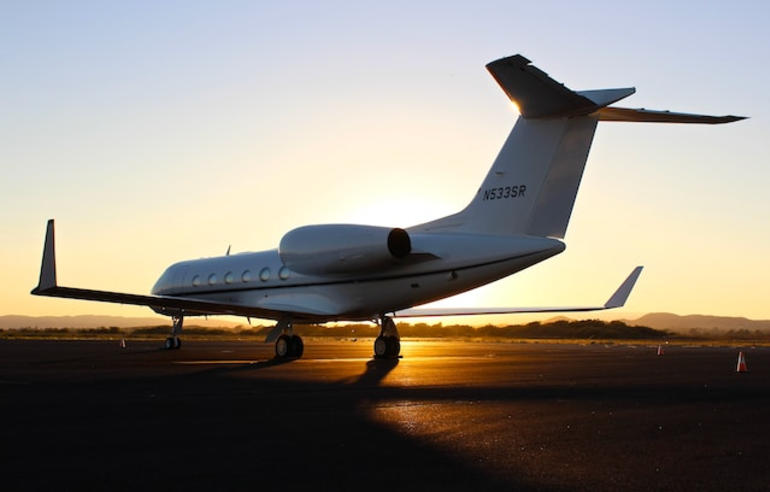
Experiences & Destinations
Flight time from Paris to New York
Published Sunday, July 13, 2025
Flying from Paris to New York is a popular transatlantic journey that connects two of the world's most iconic cities. In this article, we'll explore the key factors that impact flight duration, including average flight times, distance traveled, and time zone changes. We'll also discuss practical tips for making your journey comfortable and minimizing the effects of jet lag. Whether you're traveling for business or pleasure, understanding the flight details will help you plan a seamless trip from the City of Light to the Big Apple.
Average flight duration
Direct flight time
The average non-stop flight time from Paris to New York is around 8 hours. This relatively short transatlantic journey allows you to quickly immerse yourself in the vibrant atmosphere of the Big Apple.
However, actual flight durations can vary slightly depending on factors such as the type of aircraft, the airline, and weather conditions. It's important to also account for additional time for taxiing, which can add about 30 minutes to the total travel time.
Factors affecting duration
Several elements can impact the flight time between Paris and New York:
Weather conditions: Strong headwinds can slow down the aircraft and extend travel time, while tailwinds can shorten the duration. Turbulence or storms may also force the plane to take a longer route.
Flight path: The exact trajectory followed, which may vary to avoid bad weather or heavy air traffic zones, can influence the distance traveled and thus the flight time.
Aircraft type: The aircraft model and its cruising speed also play a role. Newer, more efficient planes tend to fly slightly faster.
Airport congestion: Heavy air traffic at departure or arrival can lead to delays, extending the overall door-to-door journey although the actual flight time may remain unchanged.
While these factors cause some variability, the flight time usually remains close to the 8-hour average for this popular route. Passengers should still plan for potential delays to ensure a smooth travel experience.
Flight distance and route
Distance between cities
Paris and New York are separated by a vast distance of approximately 5,836 km. However, this great expanse is made manageable thanks to modern air travel. A direct flight between these two global hubs takes only around 8 hours, bringing together the Old World charm of Paris and the fast-paced dynamism of the Big Apple in less than half a day.
Typical flight route
The typical transatlantic flight path from Paris to New York begins by heading northwest over the English Channel. The plane then crosses over southern England and Ireland before beginning the long oceanic crossing.
Most flights take a great circle route across the North Atlantic, often passing near or over Greenland to take advantage of favorable winds. This allows planes to minimize flying time and fuel consumption on the long journey.
As flights near the coast of Canada, they begin their descent, flying over Newfoundland, Nova Scotia and New England before landing in the New York City area, usually at JFK or Newark airport. This well-traveled flight path allows millions of passengers to make the trip between these two global cities each year.
Time difference and jet lag
Time zone difference
Paris and New York are separated by 6 time zones. When it's noon in the French capital, it's only 6 am in the Big Apple.
This significant time difference can lead to jet lag for travelers. Your body's internal clock is disrupted, causing fatigue, insomnia and other symptoms. To minimize the effects, try to adapt to the local schedule upon arrival and get some sunlight to reset your biological rhythms.
Adjusting to jet lag
Jet lag can leave you feeling exhausted and disoriented when traveling between Paris and New York. To minimize its effects, start adjusting your sleep schedule a few days before departure. Gradually shift your bedtime closer to the destination time zone.
Once on the plane, set your watch to the local time at your destination. If it's daytime when you arrive, try to stay awake and get some sunlight. This will help reset your internal clock. Going for a walk or light exercise can also energize you.
In the evenings, avoid heavy meals and limit caffeine and alcohol, which can disrupt sleep. Establishing a relaxing bedtime routine in your new environment will signal your body that it's time to rest. With a little planning and discipline, you can quickly overcome jet lag and make the most of your trip.
Book a private flight
With Orizair, discover hundreds of available flights to reach your destination the green way.
Find your destinationAt Orizair, we integrate sustainability into private aviation by automatically offsetting the carbon emissions of every flight and collaborating with committed partners like Treesition. Discover our commitment.